The Kalanchoe Longiflora Coccinea is also known by its more common name, the Tugela Cliff-Kalanchoe. It is native to South Africa, where it flourishes in the mild, warm climate.
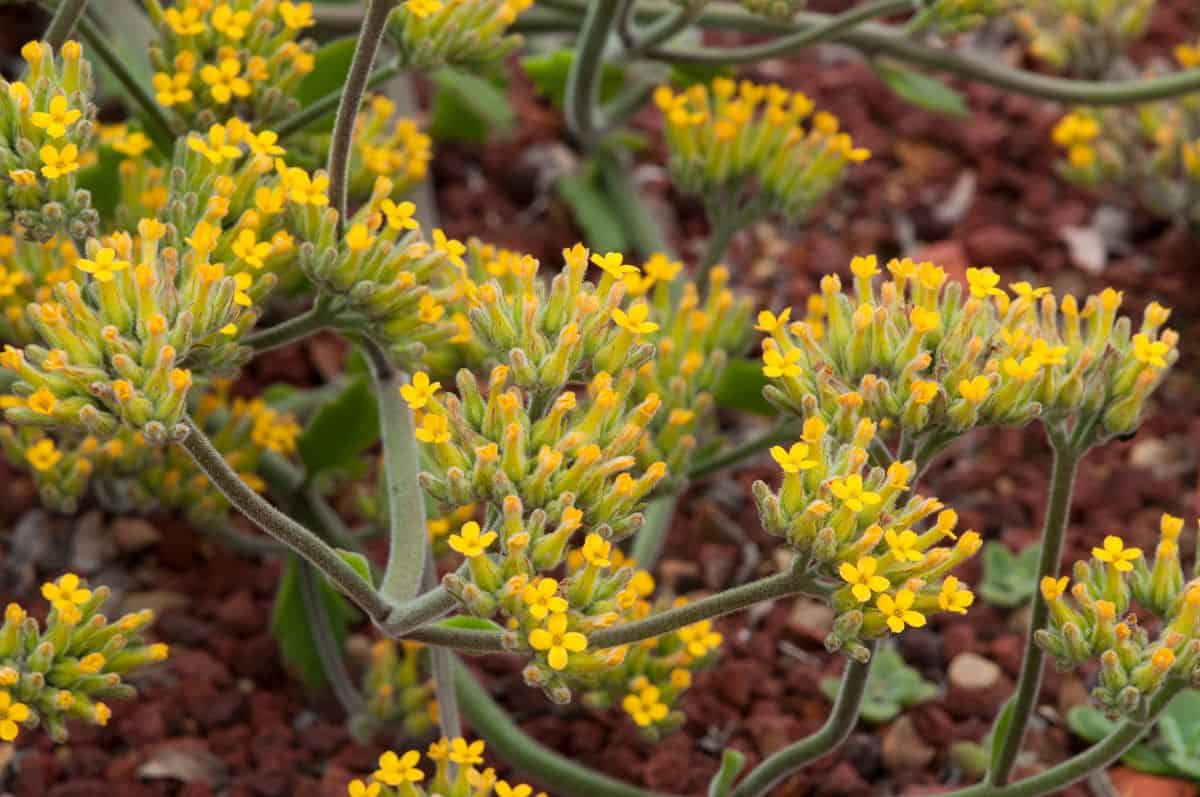
It is a perennial plant and will live for many years in the right conditions. It will continue to flower year after year.
This succulent is much loved for its foliage of varying colors as well as for its colorful flowers. It usually blooms in late spring, and throughout the summer, while the plant tends to be dormant through most of the winter.
Jump to:
Kalanchoe Longiflora Coccinea Appearance
| Name: | Kalanchoe Longiflora Coccinea |
| Soil: | Well-drained soil |
| Blooming: | late spring and early summer |
| Light: | Partial light with shade |
| Water: | When the soil is fully dry |
| Propagation: | Cutting, offsets and seeds |
The Kalanchoe Longiflora Coccinea is an unusual-looking succulent. It is a narrow bush that usually reaches a height of about 16 inches.
The branches usually grow flat along the ground, with the ends turning upwards. It has thick, soft leaves that are shaped like a shell. The base of each leaf forms a wedge close to the stem.
The edges of the leaves have a jagged, tooth-like appearance. They are greenish-gray with a hint of blue around the edges. Older leaves will turn brownish red with prolonged exposure to sunlight.
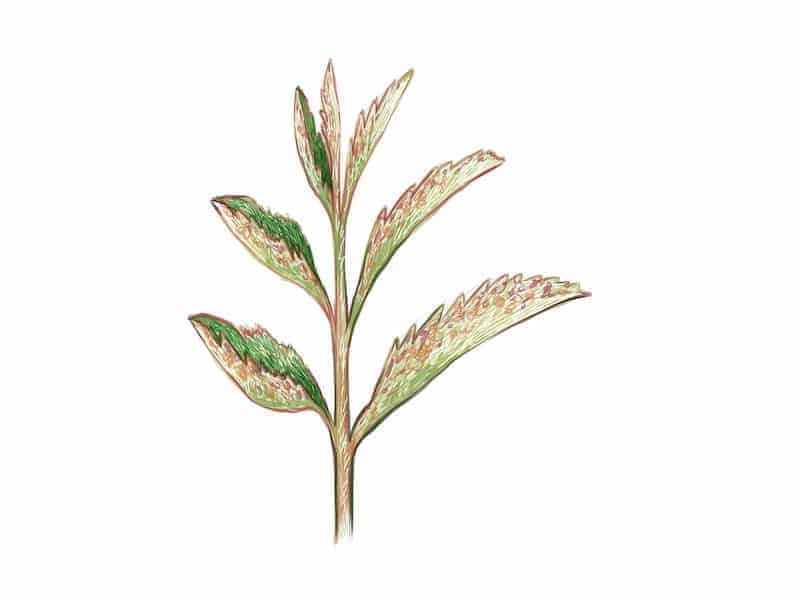
Buy it from:
The flowers of the Kalanchoe Longiflora Coccinea appear towards the end of spring and will continue to bloom through the summer months. The flowers are usually bright yellow, but you may sometimes see pink, red, or orange flowers, depending on the light conditions.
Caring for the Kalanchoe Longiflora Coccinea
The Kalanchoe Longiflora Coccinea is highly adept at caring for itself. It will require very little special attention from you, as long as it has sufficient water and sunlight.
Your Kalanchoe Longiflora Coccinea may grow so quickly that it could need repotting after a few years. This should be done with great care not to damage the leaves, which are very delicate and fragile.
Light
The Kalanchoe Longiflora Coccinea needs a lot of light, but it is slightly different from many other succulents. It should be protected from very harsh direct sunlight, as its leaves can burn easily.
In milder climates, it can be planted outdoors, but select a spot that gets partial sun with a fair amount of filtered shade.
If you are cultivating your Kalanchoe Longiflora Coccinea as an indoor plant, it will do well in a room that gets lots of natural light but positioned out of direct sunlight.
If your home does not get enough natural light, this succulent will also thrive in the light provided by a grow light. These lights mimic natural sunlight and are usually available from your local nursery.
No products found.
Check Also: Woolly Senecio (Senecio Scaposus) Succulent Care Guide
Water
Originating from a hot, dry climate, the Kalanchoe Longiflora Coccinea needs very little water. It only needs to be watered about once every 2-3 weeks in summer and even less in winter.
Drainage is extremely important. If you are planting your Kalanchoe Longiflora Coccinea in a container, the container should have adequate drainage holes at the bottom, to allow excess water to run off.
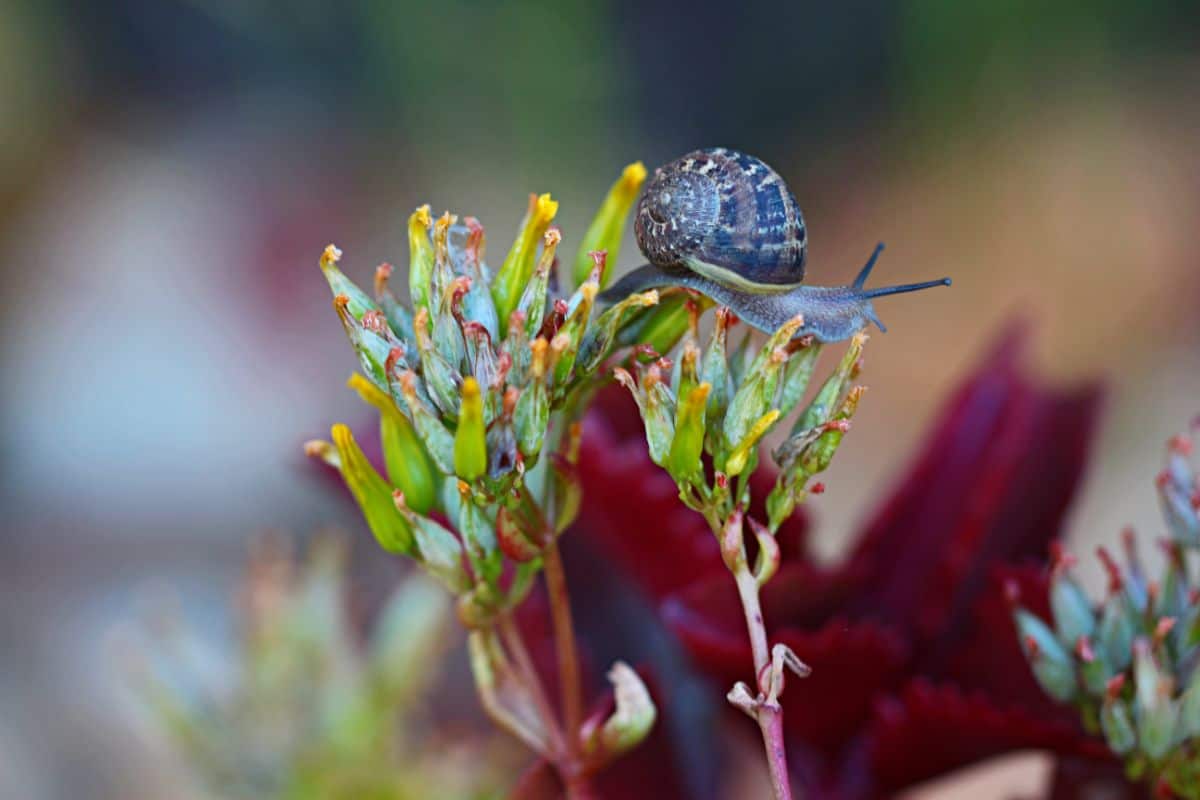
The most effective method of watering is to soak the plant until the soil is fully saturated. The plant should then be left to dry out completely before watering again.
In order to test if the plant needs to be watered, insert a finger as deep as possible into the soil. It should feel dry to the touch. Alternatively, insert a wooden skewer. If it is completely dry when it is removed, your succulent needs watering.
It is also possible to water by placing the pot in a dish of water and leaving it to stand for a few hours. The soil will absorb water through the holes at the bottom of the pot, and the roots will suck up as much as they need.
However, if you leave the pot standing in water for an extended period, you run the risk of the roots starting to rot.
Temperature
The Kalanchoe Longiflora Coccinea loves mild, pleasantly warm conditions. It is not at all hardy, and should not be exposed to temperatures below 50° Fahrenheit.
If you live in an area that gets very cold, your Kalanchoe Longiflora Coccinea should not be planted in beds. It is preferable to plant in pots that can be brought indoors during very cold weather.
The Kalanchoe Longiflora Coccinea will die if it is exposed to frost. If frost is expected, it should be taken indoors overnight.
If your Kalanchoe Longiflora Coccinea is an indoor succulent, it will be happiest in a warm room with a constant temperature. A south-facing room is best, but do not place it in direct sunlight. It may not be able to tolerate the intense heat of the midday sun.
Soil
The Kalanchoe Longiflora Coccinea needs soil with very good drainage. The best soil would be a mixture of cactus potting soil, combined with mineral grit such as coarse sand, pumice, or perlite. The best mineral grit to use is a combination of these 3 elements, in equal parts.
It is essential that your containers have ample drainage holes at the bottom. If water cannot drain off, and the roots are left sitting in constantly wet soil, they may develop fungus and start to rot.
Container
Though it may seem like a minor decision, the right container can make a huge difference in yourKalanchoe longiflora. Good drainage is a must in any container, but many gardeners recommend terracotta for its moisture-absorbing properties. Terracotta is also relatively inexpensive and has a simple but classic look.
However, glazed ceramic pots and plastic pots also work well for many gardeners. The type of container you choose is up to you, but make sure it has at least one drainage hole to allow excess moisture to escape.
If you need help choosing the right pot, we’ve put together a list of theBest Succulent Pots of 2021.
Propagating the Kalanchoe Longiflora Coccinea
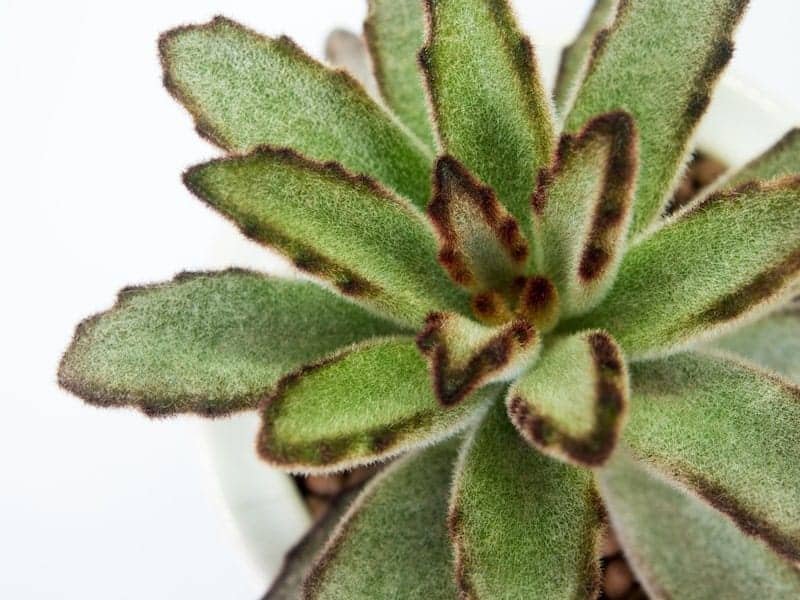
If you’d like a few moreKalanchoein your collection, why not propagate a few new plants?Kalanchoe longiflorais easy to propagate, no matter how much experience you have with succulents. With a little care, you’ll have plenty of new plants to expand your garden and give to friends and family.
Offsets
As yourKalanchoegrows and matures, you may notice miniature versions of the plant popping up around the base. These are called offsets or pups. Offsets are produced by the mother plant, which means all you have to do is transplant them to another container.
To do this, you’ll need to separate them from the mother plant. Depending on the size of the offsets, you may be able to gently remove them from the soil with your fingers. You can also use a sharp knife to cut them away.
Use caution when handling the offsets as the leaves can be fragile and may fall off if they are handled too roughly. Try gripping the plant by the stem rather than the branches if possible.
Once the offsets have been removed, you simply need to give them a few days to callous to prevent infection, and then they are ready to replant. Once the offsets are in their new pots, you can treat them just as you do a matureKalanchoe longiflora.
Cuttings
If yourKalanchoe longiflorais growing out of control, you might consider trimming it back. But don’t throw those cuttings out! You can actually propagate them to produce moreKalanchoe. Just be sure to use sharp, clean scissors or shears to prevent any accidental damage to the plant.
Once you’ve collected your cuttings, you need to let them dry out for a few days to let their wounds callous. After they’ve calloused, they’re ready to be planted in a new container.
You can also use arooting aidif you like, but this step isn’t required for healthy plants. It may encourage faster root growth though.
After a few weeks, you should begin to notice tiny roots sprouting from your cuttings. Once the roots appear, you can begin treating the cuttings like any other matureKalanchoe.
Seeds
If you’re looking for a propagation challenge, consider growingKalanchoe longiflorafrom seeds. This definitely isn’t the quickest path to new plants, but it can be a fun experiment, especially for young gardeners.
Kalanchoeseeds can becollectedfrom your existing plants or you can purchase them from any reputable succulent seed vendor online.
Once you have your seeds in hand, you can sow them in moist well-draining soil. Surface sowing is best asKalanchoeseeds don’t like to be covered.
Keep the seeds covered to contain humidity and encourage germination. With any luck, you should begin to see tiny seedlings sprouting from the soil surface in a few weeks.
After the seedlings sprout, you can remove the covering. Allow the seedlings to grow for some time to ensure that they’re big enough to safely transplant to their own containers. Remember, these plants are delicate at this stage, so you need to be careful.
With the right care and plenty of patience, you’ll soon have matureKalanchoe longiflorathat you grew yourself from the very beginning!
You May Also Like: Sempervivum Heuffelii Succulent Care Guide
Common Problems and Pests
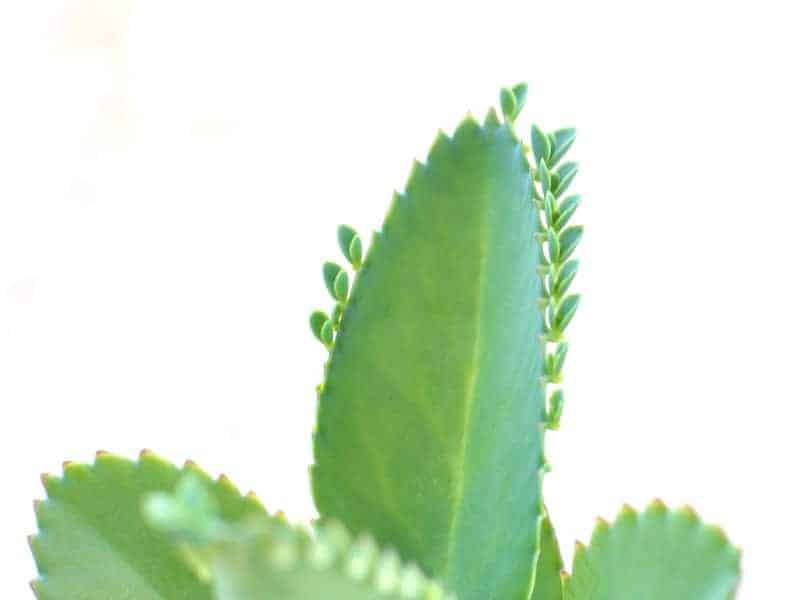
Overwatering
Avoid overwatering your Kalanchoe Longiflora Coccinea. If you notice that the leaves are turning brown and soft, this is a sign that the roots are starting to rot from excess water. This will eventually kill your succulent.
Bugs
The Kalanchoe Longiflora Coccinea is vulnerable to infestation by aphids and spider mites. These tiny little bugs are difficult to see, but they can do serious damage to your plant. They are usually found on the underside of the leaves, and look like tiny specks.
Spider mites will cause the leaves to go yellow, and they will stunt the growth of the plant.
While it is sometimes possible to eradicate them with natural remedies, these do not always work. The most effective way of eliminating these pests is by treating the plant with a commercial pesticide.


